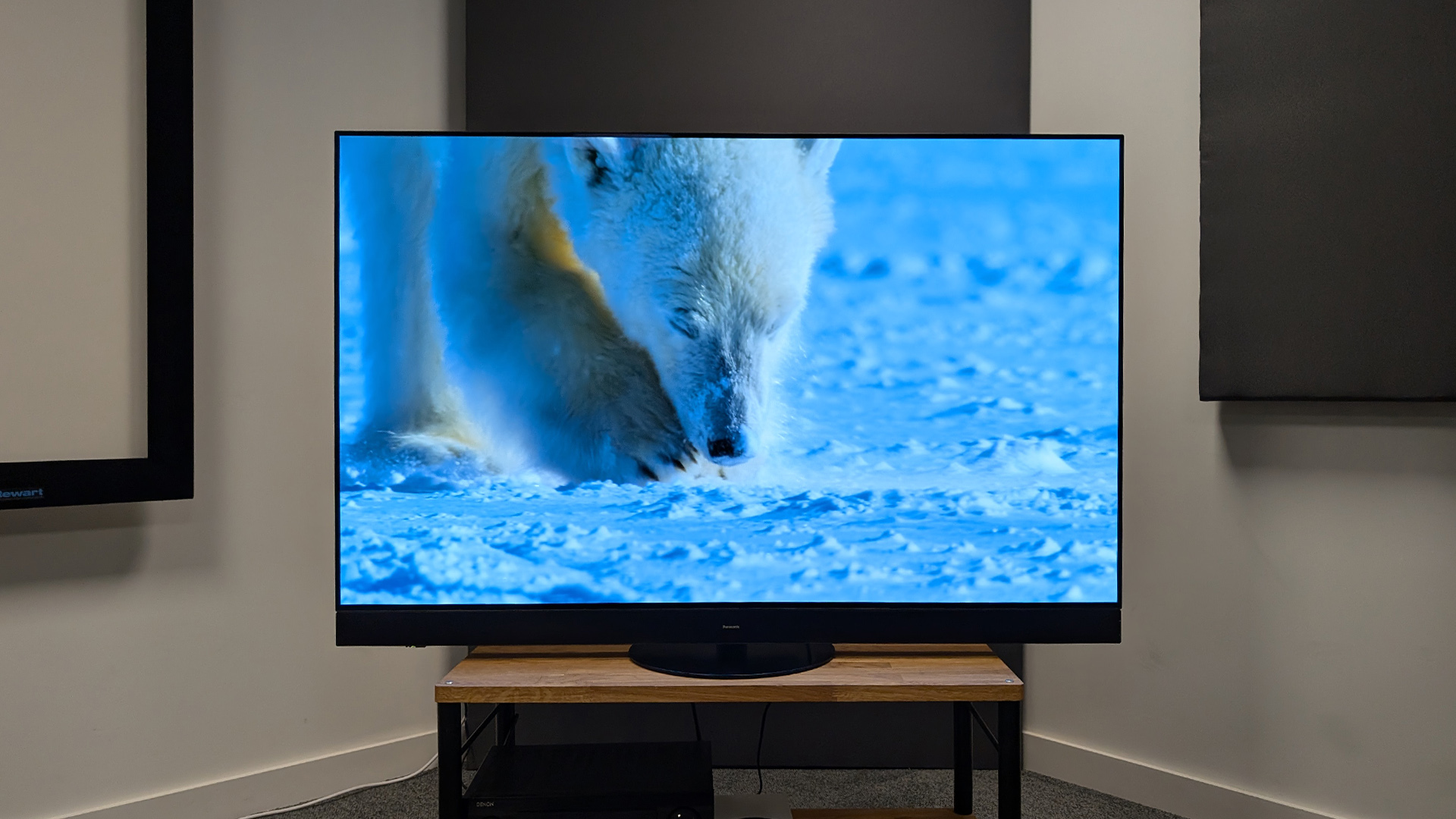What Hi-Fi? Verdict
The addition of the dock transforms the Eee Pad in to a serious contender
Pros
- +
Relatively affordable
- +
dock adds features
- +
good screen, solid AV performance
Cons
- -
Android OS is buggy
- -
video format support could be better
Why you can trust What Hi-Fi?
The flood of tablets we were promised in January 2011 are at last trickling in to view.
The Asus Eee Pad Transformer is the second Android 3.0 tablet we’ve seen – the first was the Motorola Xoom – and aims to build on the impressive operating system (OS) with some unique features and an ultra-competitive price tag.
It certainly cuts a smart profile. Despite a slightly larger bezel than the Motorola Xoom – the first Android 3.0 offering – it’s lighter and slimmer and feels nice to hold. Only a little give in the chassis detracts slightly from the otherwise smart finish.
Turns into a netbook
The Asus squeezes in a 10.1in, 1280 x 800, 1080p-capable screen, with the added bonus of an LED-backlight and IPS (in-plane switching) tech. The latter helps improve off-axis viewing even if – as with all tablets we’ve seen – the screen is fairly reflective.
You’ll find a power/screen button alongside the volume controls on the side, with all other controls on the touch screen. There are two cameras – one front, one rear – and wi-fi support, but no 3G (3G models are due soon, according to Asus).
There’s also an HDMI connection for sending video to a TV – currently limited to 720p, though an upgrade could change this – plus an SD card slot for expanding the memory.
More connections, including USB inputs, can be found on the £50 docking station – the real killer USP for this tablet (see our panel on the right-hand page).
Using the latest Android 3.0 (aka Honeycomb) OS provides a similar user experience to the Xoom. It’s fast, endlessly customisable with apps, widgets and shortcuts, and gives you plenty of screen real-estate to work with.
A few OS crashes
But Honeycomb is a work in progress, so we did have a few crashes. Firmware updates are coming thick and fast, but the OS is still far from perfect. Our inner geek finds this exciting, yet irritating. Feeling as if you’re sometimes doing the last stage of beta testing won’t be for everyone.
Asus has added a suite of its own apps to the OS, too: MyNet lets you stream content to any network-connected or DLNA device; MyCloud gives free storage space in Asus’s online ‘cloud’, while MyLibrary corrals ebooks and magazines in one area.
Again, the performance of these features was far from flawless, and again, we
hope for updates to improve this.
Excellent video performance
The Eee Pad’s screen is excellent. Not only is off-axis viewing improved, but we’re impressed by strong colours and sharp edges, even if motion could be better.
Codec support is underwhelming, though, with H.264, H.263 and MP4, but no DivX
or Xvid.
Sonically, it’s competent – giving away only a little detail compared with Apple’s class-leading iPad 2. AAC and MP3 are the only key audio formats supported, but with Android there are software options to add support for others.
Price, performance and functionality – especially with the dock – make this tablet a tempting proposition. If you want to be led by the hand through a seamless interface of easily available content, then Android tablets might not yet be for you.
But if you can deal with the odd bug and have faith in Android’s updates, then
this an affordable Apple alternative.
See all our tablet/smartphone reviews
What Hi-Fi?, founded in 1976, is the world's leading independent guide to buying and owning hi-fi and home entertainment products. Our comprehensive tests help you buy the very best for your money, with our advice sections giving you step-by-step information on how to get even more from your music and movies. Everything is tested by our dedicated team of in-house reviewers in our custom-built test rooms in London, Reading and Bath. Our coveted five-star rating and Awards are recognised all over the world as the ultimate seal of approval, so you can buy with absolute confidence.

